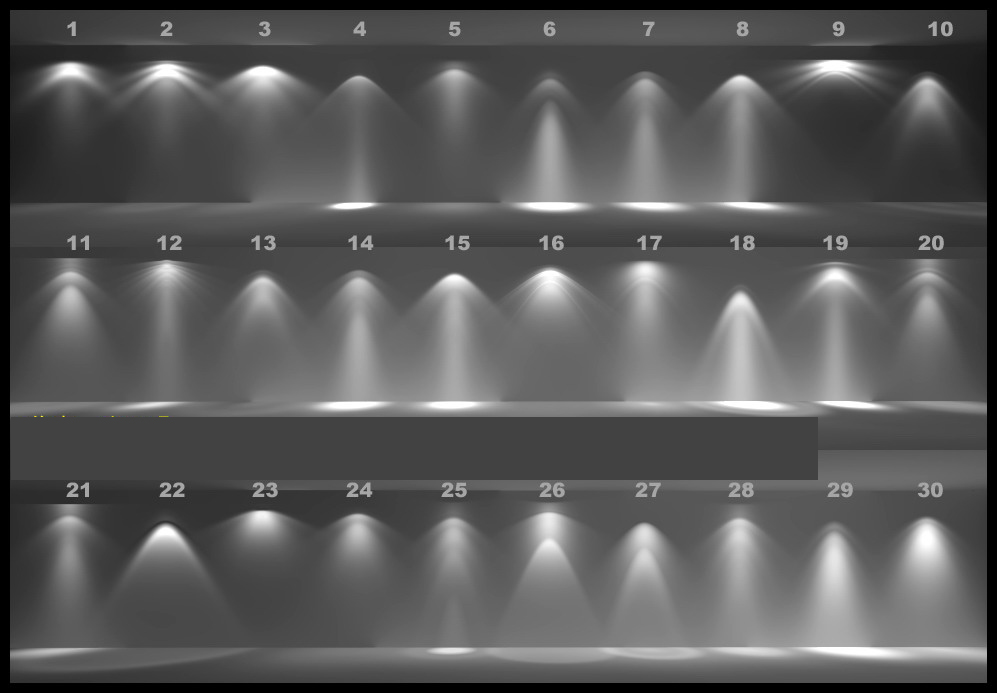In this share, you are able to download and get FREE Autodesk 3DS Max 2017 – 2018 Full Key Crack with Product key, Serial number and Patch + Vray 3.6 for 3DS Max.
You can create a photometric data file in the IES format using the IES LM-63-1991 standard file format for photometric data. Nexus mod manager fallout 4 update. (IES stands for Illuminating Engineering Society.)
This topic describes only the information relevant to 3ds Max. For a complete description of the IES standard file format, see IES Standard File Format for Electronic Transfer of Photometric Data and Related Information, prepared by the IES Computer Committee (http://www.ies.org).

The luminous intensity distribution (LID) of a luminaire is measured at the nodes of a photometric web for a fixed set of horizontal and vertical angles. The poles of the web lie along the vertical axis, with the nadir corresponding to a vertical angle of zero degrees. The horizontal axis corresponds to a horizontal angle of zero degrees and is oriented parallel to the length of the luminaire. This type of photometric web is generated by a Type C goniometer and is the most popular in North America; other types of goniometry are supported by the IES standard file format but are not discussed here.
The photometric data is stored in an ASCII file. Each line in the file must be less than 132 characters long and must be terminated by a carriage-return/line-feed character sequence. Longer lines can be continued by inserting a carriage-return/line-feed character sequence. Each field in the file must begin on a new line and must appear exactly in the following sequence:
- IESNA91
- [TEST] the test report number of your data
- [MANUFAC] the manufacturer of the luminaire
- TILT=NONE
- 1
- The initial rated lumens for the lamp used in the test or -1 if absolute photometry is used and the intensity values do not depend on different lamp ratings.
- A multiplying factor for all the candela values in the file. This makes it possible to easily scale all the candela values in the file when the measuring device operates in unusual units—for example, when you obtain the photometric values from a catalog using a ruler on a goniometric diagram. Normally the multiplying factor is 1.
- The number of vertical angles in the photometric web.
- The number of horizontal angles in the photometric web.
- 1
- The type of unit used to measure the dimensions of the luminous opening. Use 1 for feet or 2 for meters.
- The width, length, and height of the luminous opening.
- 1.0 1.0 0.0
- The set of vertical angles, listed in increasing order. If the distribution lies completely in the bottom hemisphere, the first and last angles must be 0° and 90°, respectively. If the distribution lies completely in the top hemisphere, the first and last angles must be 90° and 180°, respectively. Otherwise, they must be 0° and 180°, respectively.
- The set of horizontal angles, listed in increasing order. The first angle must be 0°. The last angle determines the degree of lateral symmetry displayed by the intensity distribution. If it is 0°, the distribution is axially symmetric. If it is 90°, the distribution is symmetric in each quadrant. If it is 180°, the distribution is symmetric about a vertical plane. If it is greater than 180° and less than or equal to 360°, the distribution exhibits no lateral symmetries. All other values are invalid.
- The set of candela values. First all the candela values corresponding to the first horizontal angle are listed, starting with the value corresponding to the smallest vertical angle and moving up the associated vertical plane. Then the candela values corresponding to the vertical plane through the second horizontal angle are listed, and so on until the last horizontal angle. Each vertical slice of values must start on a new line. Long lines may be broken between values as needed by following the instructions given earlier.
- Example of a Photometric Data File
This topic shows an example of a photometric data file in the IES format.
Important
Latest version of the Philips luminaire database for light planning software (DIALux/Relux/3ds Max design) or as stand alone application:
- This is an international Database. Not all products in the Philips Product Selector (PPS) might be available in your region. Please take this into account when you select your lighting fixtures.
- Close before installing or updating the database of the Philips Product Selector (PPS) all applications that make use of the PPS, like DIALux and Relux. Only in case of a NEW VERSION it is needed to uninstall the old version first via 'Start>Settings>Control Panel>Add/Remove Software'. After Downloading the new version unzip the .zip file, while leaving the map structure in tact,and subsequently run the resulting setup.exe file.
Download Ies For 3ds Max Pro

Ies Lights Free Download For 3ds Max
